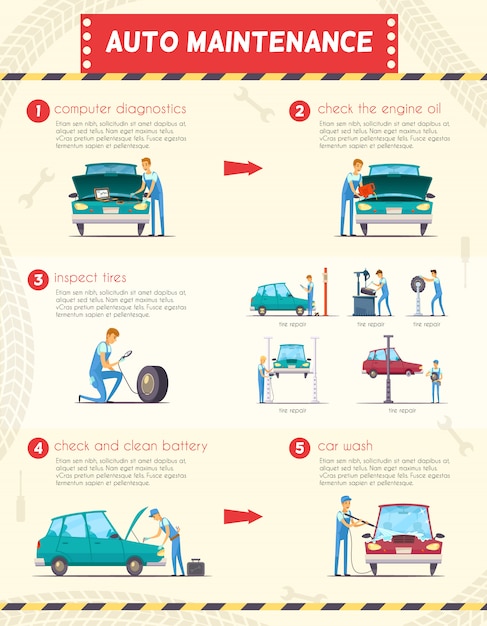Deciphering Your Car'S Warning Indicators: What They Absolutely Represent
Deciphering Your Car'S Warning Indicators: What They Absolutely Represent
Blog Article
https://ecuremapping84051.blogripley.com/30537608/yearly-vehicle-detailing-overview-preparing-your-vehicle-for-seasonal-modifications -Higgins Dalgaard
When you're behind the wheel, those radiant caution lights on your control panel can be a little bit complicated. Do you recognize what they're attempting to tell you about your cars and truck's health? Comprehending the importance of these lights is vital for your security and the longevity of your automobile. So, the following time one of those lights turns up, wouldn't you wish to decipher its message accurately and take the needed actions to address it?
Common Caution Lights and Interpretations
Recognize usual caution lights in your car and understand their definitions to guarantee safe driving.
One of the most normal warning lights include the check engine light, which signals concerns with the engine or emissions system. If this light comes on, it's essential to have your lorry checked without delay.
The oil stress warning light indicates reduced oil stress, calling for instant interest to prevent engine damage.
A blinking battery light might suggest a defective charging system, possibly leaving you stranded otherwise attended to.
The tire stress surveillance system (TPMS) light signals you to reduced tire stress, impacting car security and gas efficiency. Disregarding this might bring about dangerous driving problems.
The ABS light indicates an issue with the anti-lock braking system, compromising your capability to quit rapidly in emergencies.
Lastly, the coolant temperature warning light warns of engine getting too hot, which can result in serious damages if not resolved promptly.
Comprehending these typical caution lights will aid you attend to concerns immediately and preserve risk-free driving conditions.
Importance of Prompt Focus
Recognizing the usual warning lights in your car is only the very first step; the importance of immediately addressing these warnings can not be emphasized enough to guarantee your security when driving.
When a warning light brightens on your dashboard, it's your cars and truck's way of interacting a potential problem that requires focus. Disregarding these cautions can bring about more severe issues in the future, jeopardizing your safety and potentially costing you more in repairs.
Motivate attention to warning lights can prevent malfunctions and crashes. As an example, a blinking check engine light might indicate a misfire that, if left neglected, could cause damage to the catalytic converter. Addressing stek dynoshield can conserve you from an expensive repair service.
Likewise, a brake system advising light could signify low brake fluid or used brake pads, vital components for your security when driving.
DIY Troubleshooting Tips
If you notice a caution light on your control panel, there are a couple of do it yourself troubleshooting tips you can try before looking for professional help.
The first step is to consult your vehicle's manual to recognize what the specific caution light suggests. In some cases the issue can be as basic as a loosened gas cap causing the check engine light. Tightening up the gas cap might resolve the trouble.
An additional common problem is a low battery, which can trigger numerous alerting lights. Examining automotive detailing for corrosion and guaranteeing they're secure might repair the issue.
If a caution light persists, you can attempt resetting it by separating the auto's battery for a couple of mins and then reconnecting it. Furthermore, checking your car's fluid degrees, such as oil, coolant, and brake liquid, can aid repair advising lights related to these systems.
Verdict
To conclude, recognizing your auto's warning lights is essential for keeping your vehicle running efficiently and safely. By promptly attending to these signals and understanding what they suggest, you can stay clear of costly repair work and prospective failures.
Keep in mind to consult your automobile's handbook for particular details on each alerting light and do something about it as necessary to guarantee a hassle-free driving experience.
Stay informed, stay risk-free when driving!
